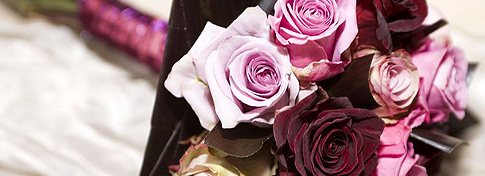博客
Let there be (LED) light!
2014-05-13 17:19In a recent article, I referred to a bicycle as an invention that has been around for more than a 100 years. It is still essentially the same - and that was a good thing led light supplier. There is another invention that has been around for the same length of time - but that is not so good. It's the humble incandescent bulb.
Till fairly recently it has been the primary source of electric light. However, over the last few years, other options have emerged - namely Compact Fluorescent Lights (CFL) and Light Emitting Diode(LED) bulbs. The question then arises - should one switch to using the other types of bulbs? The aim of this article is to analyse the numbers in order to see what is the best option. The quick answer is that LED bulbs are clearly the best, but if you would like a more detailed explanation, read on.
A little bit of history
The invention of the bulb is usually attributed to Thomas Edison and Joseph Swan - but was actually done before them by several other people. However, they were the first to T10 LED Tube Lights commercialise them. Edison and Swan's early bulbs used carbon filaments. The bulb in more or less its current form, with tungsten filaments, was invented by the Hungarian Sandor Just and Croatian Franjo Hanaman in 1904 - a 110 years ago.
Perhaps because they were cheap and electricity was not too expensive and plentiful in the West, no substantial changes were made in the design of the bulb for several decades. It's a bit shocking when you think about it - the bulb in its current form existed before the car, radio, TV, airplane and any other form of technology that is commonplace today!
The fluorescent light has been around for quite a while, invented in the late 1890s by a gentleman named Peter Cooper Hewitt. The CFL was invented by Edward E. Hammer, an engineer working with GE, around 1973. However, it was only after 1995 that they became commercially available and started being used on a larger scale. In many countries the sale of incandescent bulbs has been banned, thanks to the availability of cheap CFLs.
The red LED was invented by Nick Holonyak Jr. in 1962, while working as a consultant scientist for GE. Prophetically, in an article in the Readers Digest in 1963 itself, he predicted that LED bulbs would replace incandescent bulbs. So while Edison - though he is known for it - did not invent the light bulb, the company he founded, which made him a very rich man, has played an important role in the development of bulbs ever since.
The problem with incandescent bulbs
Incandescent bulbs are bad from many angles wholesale T5 LED Tube lights. They are inefficient: as is evident to anyone who has tried to study using a 60W bulb in the summer, much of the energy is released in the form of heat. So especially in here in India, where heat is a problem, it is not a good thing. They do not last very long - most burn out within a year. The primary reason that they are still popular is that they are cheap to make and buy.
A comparison
Let us compare both the advantages and disadvantages. The primary advantage of the incandescent bulb is that it is cheap to buy. But in the long run that is certainly not the case. For the purposes of simplicity of calculation, we assume that the average house has around 20 bulbs of 60W or equivalent and the cost of electricity is around Rs 5 per unit. Further, we assume that these 20 lights are on for about 3 hours per night.
